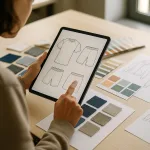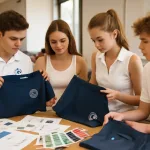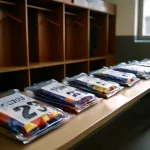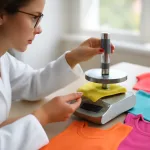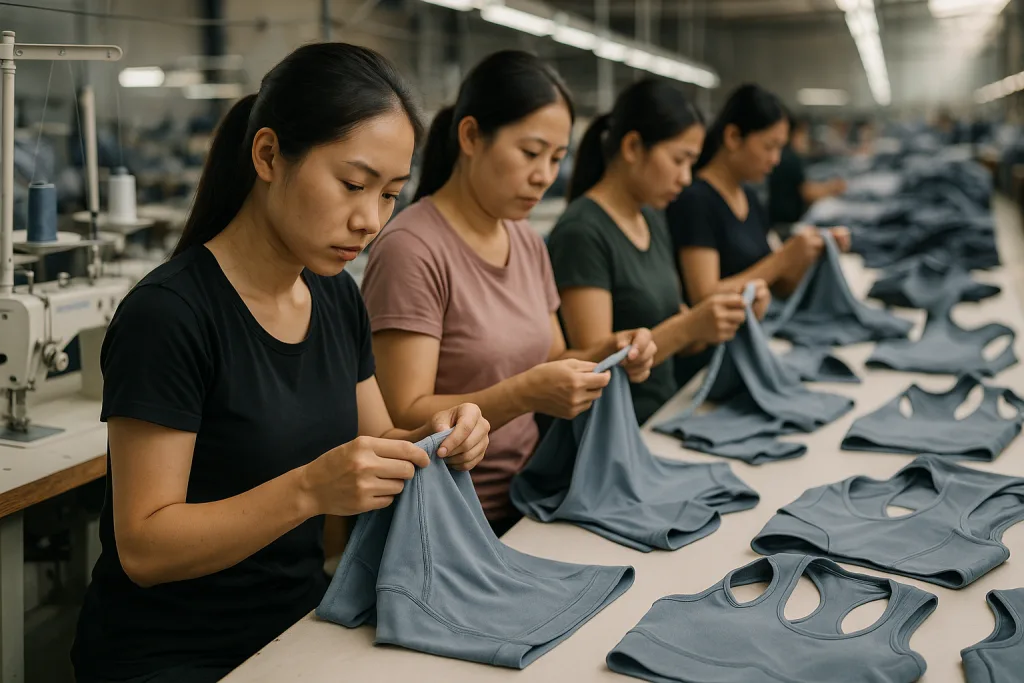Introduction: Why Sportswear Quality Control Matters
Activewear brands face fierce competition. Customers expect sharp designs, flawless fit, and reliable performance on every piece. Quality control is the backbone of brand reputation. Rigorous checks—start to finish—help prevent costly returns, boost loyalty, and protect against compliance risks. This checklist covers essential sportswear quality control stages, from incoming fabric assessment to final packaging checks.
Quality Control Checklist for Activewear Brands
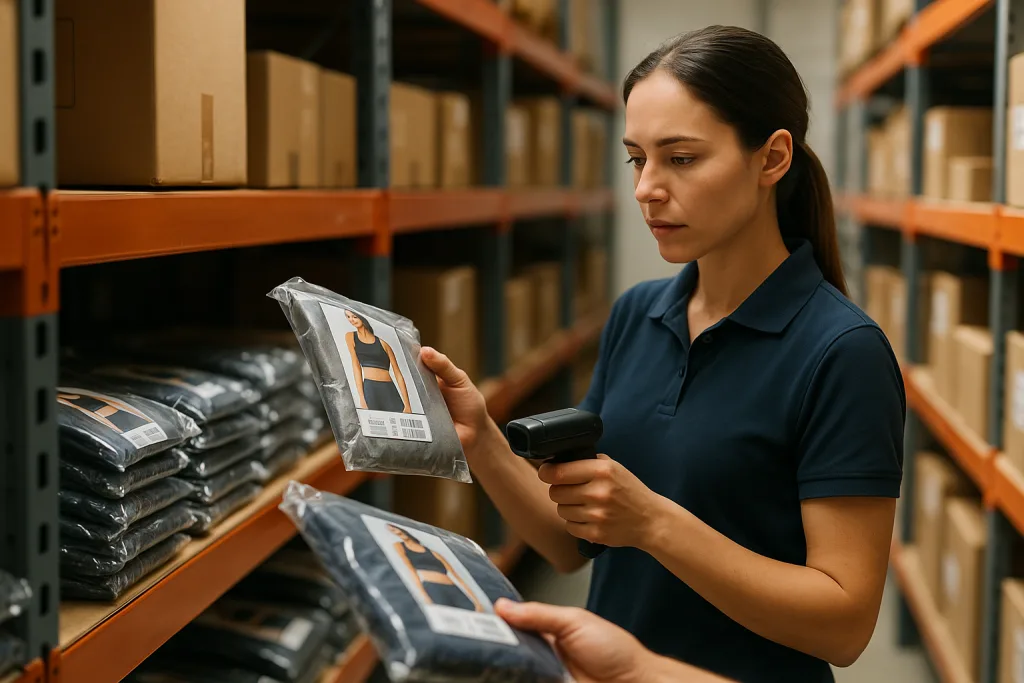
Building a robust sportswear quality control program means tracking every step. Leading sportswear manufacturers such as Ninghow rely on well-defined protocols to catch defects early, safeguard consistency, and exceed global standards. Here’s a comprehensive QC checklist mapped to the sportswear production journey.
Incoming Fabric Quality Tests
Quality begins with fabric selection. Before any cutting starts, inspect all incoming rolls:
- Visual inspection: Scan for stains, holes, snags, or color streaks.
- Lab dips & shade bands: Match bulk fabric to approved Pantone shades. Check batch consistency using shade bands.
- Physical tests: Assess GSM (weight per square meter), width variation, and handfeel.
- Compliance checks: Review OEKO-TEX or GOTS certification for health and sustainability.
- Pre-production lab tests: Test for shrinkage (AATCC 135/150), colorfastness (ISO 105-C06), and pilling resistance (ISO 12945).
Pattern Cutting and Marker Review
Before production starts, review tech packs and size charts for accuracy. Precise cutting prevents fit issues. Use marker plans to maximize fabric yield, and check for grainline control and notches. Auto-cutters and manual cutting teams should inspect each batch for tension flaws and relaxed lay-ups.
In-Line Production Checks
Midway through production, teams conduct in-line sportswear quality control at sewing lines:
- Stitch clarity: Inspect ISO 301 lockstitch, ISO 401 chainstitch, and coverstitch for strength and evenness.
- Seam quality: Check for puckering, skipped stitches, and correct tolerances (+/- 0.5 cm typical).
- Size set review: Confirm graded measurements and fit on sample units.
- Decoration checks: Examine placements and handfeel for screen print, embroidery, or heat transfer details.
- Bartack & reinforcement: Verify bartacks on stress points—such as pocket edges and side seams.
Final Quality Audit and AQL Inspection
Every batch receives a final audit before packing. Brands set Acceptable Quality Limits (AQL) per ANSI/ASQ Z1.4. Typical sportswear standards use AQL 2.5 for major defects, 4.0 for minor defects. Auditors inspect random samples for:
- Seam strength (ASTM D1683)
- Pilling and abrasion resistance (ISO 12947)
- Dimensional stability after wash (AATCC 135/150)
- Colorfastness to washing and perspiration (AATCC 61/8)
- Correct labeling and branding placement
- Accessory durability (zipper, buttons, drawcords)
Lab Tests: Pilling, Colorfastness, Shrinkage
Lab tests ensure your sportswear stands up to wear and tear. Leading facilities test:
- Pilling: Simulate friction per ISO 12945, rating from Grade 1 (severe) to Grade 5 (no pilling).
- Colorfastness: Use ISO 105-C06 for washing, AATCC 8 for crocking (rub-off), and AATCC 15 for perspiration.
- Shrinkage: Wash and measure according to AATCC 135/150 protocols; target <3% shrinkage for premium fabrics.
Decoration & Embellishment QC
Activewear often features bold graphics or stitched details. Strict sportswear quality control minimizes logo cracking, bleeding, or stitch pop:
- Screen print: Test adhesion, elasticity, and color match. Water-based or discharge prints need sharp edges and smooth feel.
- Sublimation: Check clarity and full transfer of ink on polyester blends.
- Embroidery: Inspect tightness, edge definition, and absence of loose threads.
- Heat transfers: Review placement accuracy and peel strength.
Packing and Packaging Quality Control
Packaging protects product integrity through shipment and shelf life. Verify:
- Folding: Use correct method (flat, roll, or custom fold as specified).
- Polybag specs: Test seal, thickness, and barcodes.
- Size ratio packing: Match buyer forecasts with carton content.
- Hangtags/labels: Ensure branding and care info per ISO 3758 symbols.
- Export checks: Validate carton marking, EAN/UPC codes, and incoterms (FOB, CIF, etc.).
Comparative Table: Fabric Types vs. Ideal QC Traits
| Fabric Construction | Common GSM | Recommended QC Tests | Best-Use Scenario |
|---|---|---|---|
| Single Jersey (Cotton/Poly/Elastane) | 160–180 gsm | Colorfastness, Shrinkage, Pilling, Handfeel | High-stretch T-shirts, base layers |
| Pique Knit | 200–220 gsm | Dimensional Stability, Yarn Quality, Stitch Evenness | Polo shirts, sport uniforms |
| French Terry | 260–320 gsm | Absorption, Pilling, Seam Strength, Shrinkage | Hoodies, joggers, sweats |
| Fleece | 280–360 gsm | Surface Pilling, Bulk Test, Stitch Security | Outerwear, sweatshirts |
| Recycled Polyester (rPET) | 140–180 gsm | Moisture Wicking, Sublimation Clarity, UV Protection | Performance tees, gym wear |
Supplier Audits and Reliability
Partnering with reliable suppliers is essential for sustainable sportswear quality control. Leading manufacturers like Ninghow run regular audits, review BSCI/WRAP/SEDEX compliance, and ensure documentation matches bulk delivery. Transparency in sourcing and production supports long-term brand growth.
Expert Takeaway: “Tight QC and clear specs—even on labels and trims—help brands catch costly mistakes before stock reaches retail.”
Color Approval and Batch Consistency
Color variation ruins shelf appeal and causes customer returns. Labs perform strike-off and bulk approval, outputting shade bands for reference. Monitor every batch with spectrophotometry and visual checks, using Pantone guides to confirm shade accuracy—inconsistencies greater than Delta E 1.5 are flagged.
Documentation and Traceability
Maintain QC logs for every process, using spec measurement tables and photos to record results. Mark each PO with fabric roll codes, inspection lot numbers, and test summary sheets. This ensures traceability if issues surface later, providing resolution or proof for warranty claims.
Cost Control vs. Quality
Balancing bill of materials (BOM) cost and product quality is a strategic decision. Cutting corners on QC risks returns, damaging your brand’s reputation and profit. Many premium brands invest in independent third-party inspections to assure customers of their standards.
Frequently Asked Questions
What is sportswear quality control?
Sportswear quality control is the process of checking and testing garments at every stage—from raw fabric to finished products—to ensure they meet performance, durability, and compliance standards.
Which fabric tests are most important for activewear?
Shrinkage, colorfastness, pilling resistance, GSM measurement, and lab dips are vital tests before activewear production begins.
How does the Acceptable Quality Limit (AQL) work?
AQL sets maximum allowed defects per batch. Inspectors sample random items to check defect rate against predefined thresholds before shipment.
What compliance standards apply to sportswear brands?
Common standards include OEKO-TEX, GOTS for organic cotton, SEDEX/BSCI for ethical sourcing, and ISO/AATCC for garment testing.
How do packaging checks affect quality control?
Packing checks prevent damage during transit, confirm size ratios, validate barcode accuracy, and ensure correct labels and branding.
Why should brands use third-party QC inspectors?
Third-party QC offers unbiased audits, experienced testers, and global compliance assurance. It greatly reduces the risk of missed defects before shipment.
